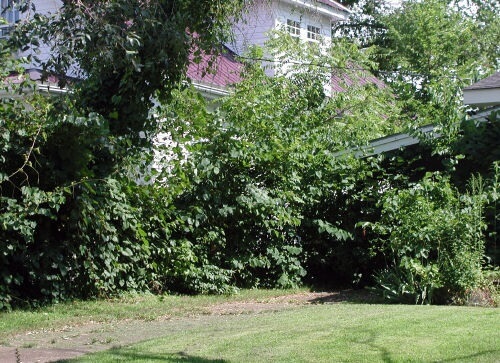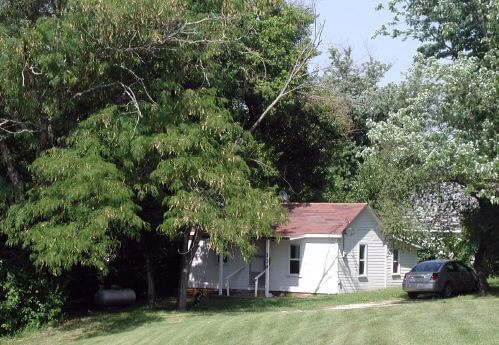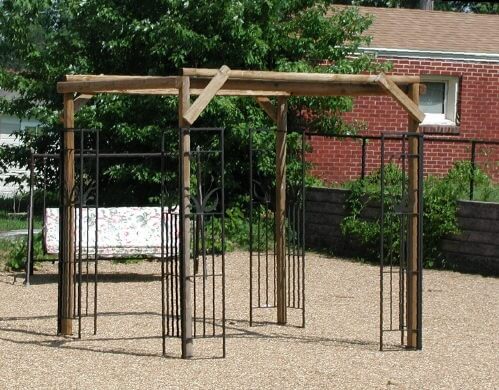Living Shade
Let The Plants Shade And Protect
In a recent visit to Missouri I found living shade is the most popular and abundant shade used to keep the direct sun off of homes and create a shady place to relax in the yard.
Trees like Maples, Poplars and Oaks make outstanding sources for this kind of shade and protection.
Vines placed in the right places do an excellent job also. They can be trained to cover just about any kind of yard structure. Does your Gazebo need some partial shade? Try planting some Dutchman's Pipe. It grows fast and does not require a lot of water.
Are you looking for a living privacy wall that can also provide a little shade? Bamboo makes an excellent fence as would a row of Hemlock trees.

Let's discover how to make use of plants to shade and protect our homes and yards.


When it comes to selecting trees for shading a home, there are several factors to consider, including the tree's size, growth rate, foliage density, and overall suitability for your climate and specific location. Here are some popular tree species known for providing effective shade, along with their pros and cons.
Oak Trees: Oak trees are known for their large canopy, providing ample shade. They have a long lifespan and are generally sturdy and low-maintenance. Additionally, they can enhance the aesthetic appeal of your property. Oaks can take a long time to reach their full size, so if you're looking for quick results, they may not be the best choice. Some oak species have invasive root systems, which could potentially damage underground structures like pipes or foundations.
Maple Trees: Maple trees offer dense foliage and broad canopies that provide excellent shade. They come in various species and cultivars, offering different sizes and colors. Maple trees are generally adaptable and can thrive in different climates. Certain maple species produce seed pods or helicopter seeds that can be messy and require regular cleanup. Some maples have shallow root systems, which might be a concern in areas with strong winds or unstable soil.
Willow Trees: Willows are fast-growing trees that can quickly provide shade. They have graceful branches and a lush appearance. They are also effective at reducing noise pollution and can tolerate wet soil conditions. Willows require regular pruning to maintain their shape and size. Their aggressive root systems can invade water lines or drainage systems if planted too close to infrastructure. They might also be susceptible to certain pests and diseases.
American Beech Trees: Beech trees offer dense foliage that provides ample shade and a cool environment. They have smooth, gray bark and attractive fall foliage. Beech trees are generally low-maintenance and can adapt to different soil types. They are slow-growing trees, so it might take some time to achieve significant shade. Beech trees may also be more prone to diseases like beech bark disease or beech leaf disease in certain regions.
London Plane Trees: London plane trees have large, expansive canopies that provide excellent shade. They are tolerant of urban environments, pollution, and compacted soil. They can also withstand pruning and reshaping. These trees can be susceptible to certain pests and diseases. Additionally, their large leaves can create a considerable amount of litter and require regular cleanup.
Remember that choosing the right tree involves considering your specific climate, soil conditions, available space, and your personal preferences. It's also recommended to consult with local arborists or horticulturists to ensure you select a tree species that thrives in your particular region.
Would you prefer to share this page with others by linking to it?